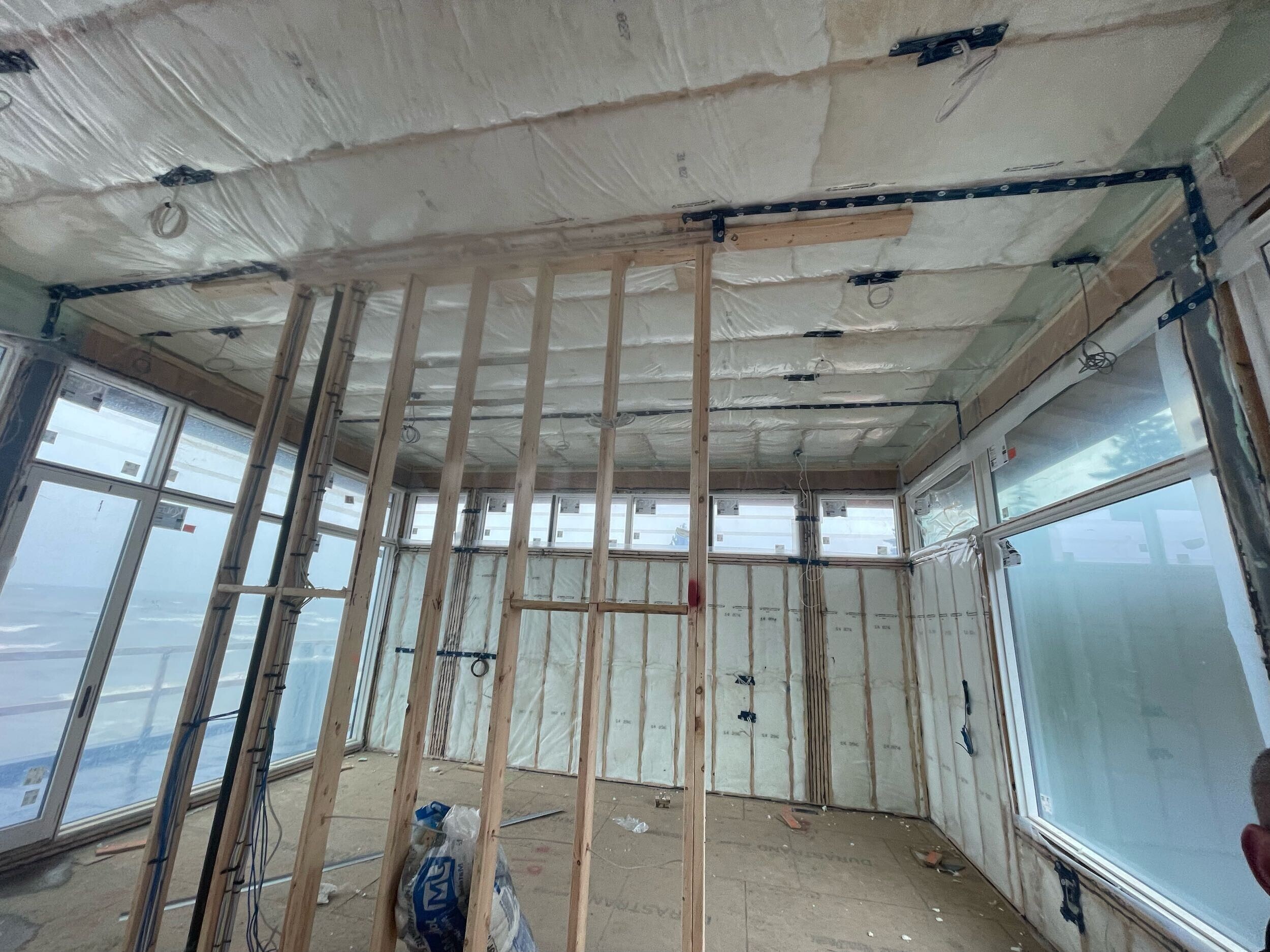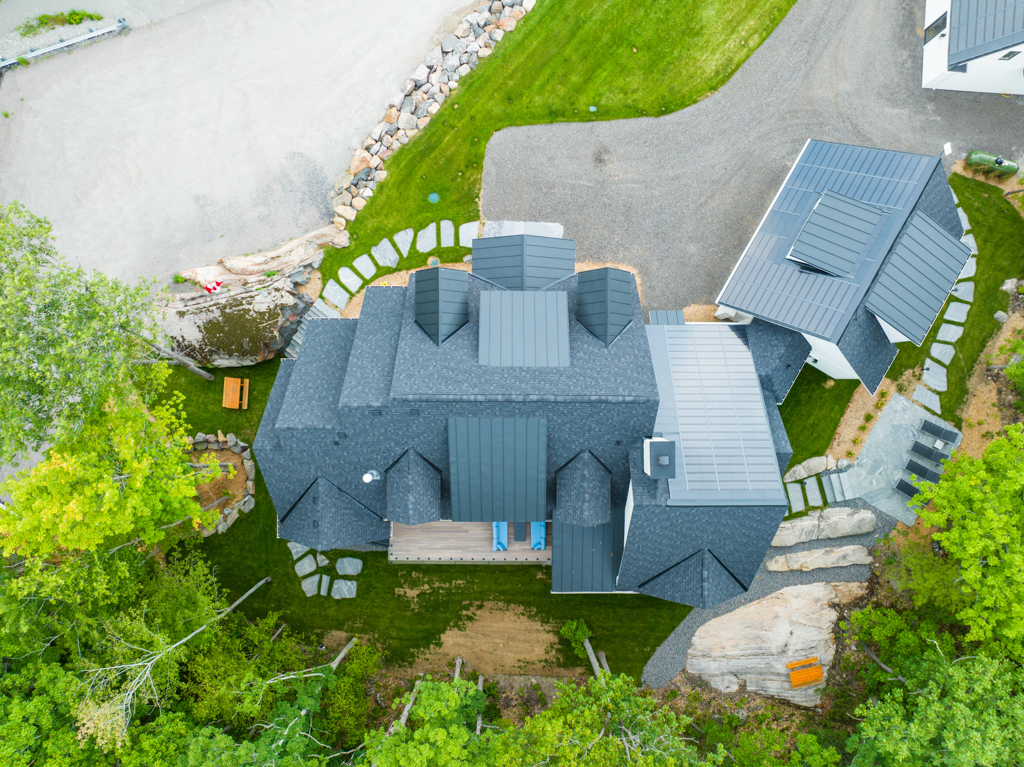Building an energy-efficient home starts with selecting the right materials—those that enhance insulation, reduce thermal bridging, and promote long-term durability. While design and construction methods play a significant role, the materials themselves dictate a home’s ability to conserve energy and minimize environmental impact.
INSULTAION
High-performance insulation is the foundation of any efficient home. Closed-cell spray foam, rigid foam board, and dense-packed cellulose provide superior thermal resistance, reducing heat loss and improving overall comfort. Structural Insulated Panels (SIPs) offer a two-in-one solution by combining insulation with structural integrity, eliminating air leaks common in traditional framing.
WINDOWS
Triple-pane windows with low-emissivity (Low-E) coatings enhance thermal efficiency by reflecting heat back into the home while minimizing heat transfer. When paired with insulated frames, these windows prevent drafts and contribute to consistent indoor temperatures.
ICF’S
Thermally broken materials, such as insulated concrete forms (ICFs) and advanced framing techniques, minimize thermal bridging, a major contributor to energy loss. ICFs combine concrete’s thermal mass with foam insulation, creating a resilient and airtight envelope that stabilizes interior temperatures year-round.
ROOFING
Sustainable roofing materials, like cool roofs and standing seam metal, reflect solar radiation rather than absorbing it. Metal roofs, in particular, are durable, recyclable, and can be integrated with solar panels for added efficiency.
EXTERIOR CLADDING
Exterior cladding also plays a role in thermal performance. Fiber cement siding, engineered wood, and stucco systems with integrated insulation not only enhance aesthetics but also provide superior resistance to heat gain and loss.
FOUNDATION
Even the foundation contributes to energy efficiency. Insulated slab foundations reduce heat loss to the ground, particularly in colder climates, where radiant heating systems can further optimize performance.
Every material choice has a cumulative effect on a home’s efficiency, reinforcing the importance of a holistic approach to construction. Selecting materials that complement each other ensures optimal performance, reducing long-term operational costs while elevating sustainability.





